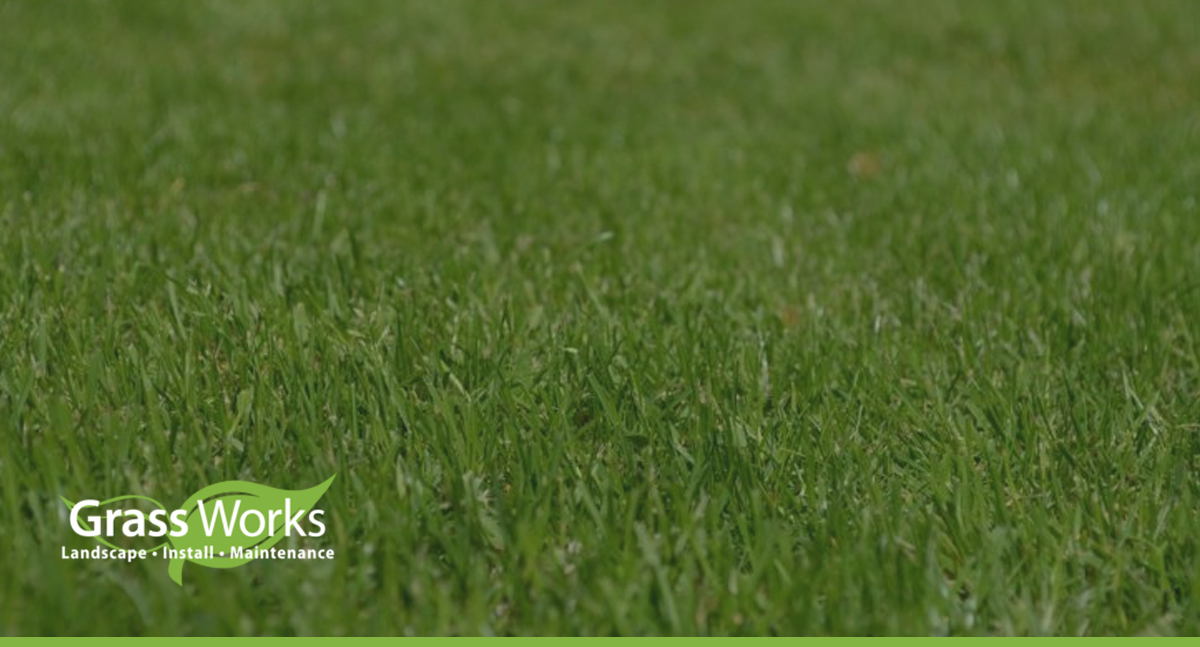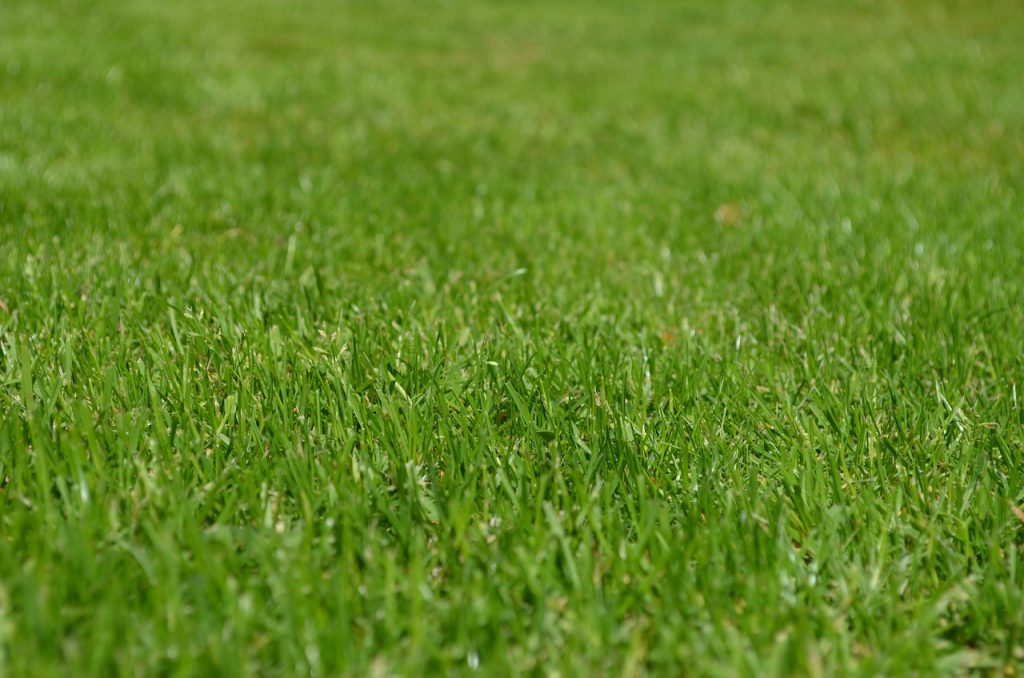How To Plant Amazing Bermuda Grass In Texas

It is important to know how to plant Bermuda Grass in Texas. Bermuda Grass must be planted from sprigs or stolons, not seeds because it perennates poorly by seed, even under optimal conditions. Although vegetative planting material can be purchased (sprigs), it is usually produced by either sod production companies or sod farms.
Sod producers sow a thick lawn of Bermuda Grass which they harvest as large rolls of sod after about 12 weeks from seeding. When you buy Bermuda Grass for planting, look for the thickest greenest lawn available. Bermuda grass will be 2-3 months old, and should ideally have a height of 4″-6″ at the time you receive it.
If possible, purchase Bermuda Grass that has been cut into one-foot square sections (called sprigs) rather than large rolls. This will make hand planting easier and save you money. Planting by sod is more expensive but enables the homeowner to get their Bermuda grass lawn established quickly; however, there are advantages in doing it yourself.
Preparing the Location for Bermuda Grass Planting
The location should be weed-free. If necessary, spray with a non-selective herbicide such as glyphosate or use a flame weeder. Use a rotary mower to remove all grassy weeds and other perennial vegetation. You can also use a Natural Weed Control to kill the existing plants, but this is optional because you will be planting new Bermuda Grass sprigs anyway.
Test the soil in your yard along a sidewalk or driveway with 1″ of soil depth to ensure good drainage and proper pH. Bermuda Grass prefers clay soils but can grow in sandy soils as well. However, it does not grow well in acid or alkaline conditions. Soil pH should ideally be between 6.5 and 7.0 for best results, so test your soil’s pH level to ensure it falls within the proper range before planting Bermuda grass sprigs.
Using Bermuda Grass Sprigs for Planting
Layout the sprinkler system in your yard before starting to plant Bermuda grass; each sprinkler should cover about 10 sq ft of lawn space. Outline each irrigation zone on paper before you start, making sure that there is ample room between each zone for the mowing deck on your lawn tractor.
First: If you plant your Bermuda Grass by stolons (sprigs), it gives you a chance to select sections of high-quality turf that will help produce a superior Bermuda lawn. There is no guarantee that all pieces from a roll or a bale of sprigs will look identical. You can choose the best-looking, greenest plant material from a sod producer, and cut out the brown or yellow pieces to use as fillers in low areas.
Second: If you plant by stolons when your lawn is being established, you can easily add additional berms when an area starts to thin out later on in the summer.
Third: It takes time to establish a thick Bermuda lawn by planting sprigs/ stolons which is a good thing if you have ever had Bermuda grass take over your flower beds or yard!
When planting Bermuda Grass it is important to cut the sod into two-foot square sections (a standard shovel blade width) preferably with a utility knife or saw. This allows you to make straight cuts with fewer blades of grass being damaged during installation.
When installing Bermuda Grass in Texas soil, remember that baby Bermuda seedlings are fragile until they establish their roots deep into your soil. Take your time when using sprigs or grass clippings for seeding an area since these are large enough to establish themselves with less maintenance than very small seed pieces.
If you plant by sprigs, be sure to keep the soil moist as they establish itself. Bermuda Grass can survive on rainfall alone but if no rain is received for a week or so after planting it is important to water weekly until new roots are established deep into your soil. It is also a good idea to pre-irrigate at least half an hour before backfilling sod rolls or Bermuda Grass clippings.
This reduces the amount of standing water around newly planted Bermuda grass and discourages weed germination – something that will save you time later in the summer when weeds grow rapidly!
We recommend fertilizing your lawn with a low nitrogen fertilizer.
We recommend using a fertilizer with a ratio of 1-1-1 or 2-1-2 (Nitrogen:Phosphorous: Potassium). Nitrogen fertilizers promote healthy top growth and help fill in thin areas of your lawn. Potassium encourages root development and good drought resistance while Phosphorus promotes root development and disease resistance.
Bermuda Grass can be mowed anytime, however, we recommend that you cut off only 1/3 to 1/2 of the leaf blade at any one time. This will stress the grass less than cutting it back to the soil surface every week and allow new leaves to grow for thicker lawn coverage.
If you want an immediate turf cover to protect your bare soil from erosion, it is best to cut Bermuda grass a little higher than normal. Cutting off 1/2 of the leaf blade will reduce water loss by shading the soil and reducing weed seed germination on your new lawn as well. Mowed Bermuda Grass produces many times more seeds than un-mowed sod. So if you want to minimize future mowing work, keep that lawn as short as possible once established!
Warm-season grasses like Bermuda grass, which is known as a “C” type grass, should receive 1-2 irrigations per week from April to June during dry periods. In July and August, it is best to water less but more frequently so that the soil surface stays moist. Apply 1/2 inch of water once or twice a week depending on how fast your soil dries out. To determine when and how much to irrigate the warm season grasses you can use a moisture meter to test your soil until it reaches an optimum moisture level of 6 1/2 to 7 1/2 lbs of available moisture per foot of depth (use a 10-foot long probe).
I hope this post was helpful and sheds some light on how to plant Bermuda Grass in Texas. If you require further assistance, then feel free to contact Grass Works Austin Lawn Care to schedule your free consultation at (512) 797-1640 to learn more about our services or request an appointment online via the form below.
You may also enjoy reading: When Is The Best Time To Lay Sod In Central Texas?

Ferris MyCue is the founder and owner of Grass Works Lawn Care, LLC located in Leander, TX. As a former firefighter who maintained yards on his days off, he saw a need for a dependable, local maintenance company that knew the hill country climate and could deliver quality landscaping services for a reasonable price. Since 2007 he has used his leadership to grow the company into one of the top landscape maintenance companies in Austin and surrounding areas offering landscape maintenance, design, and irrigation services to both residential and commercial clients. Ferris is also a member of the Seasonal Employment Alliance (SEA) and an active participant in advocacy efforts to help promote cap relief.